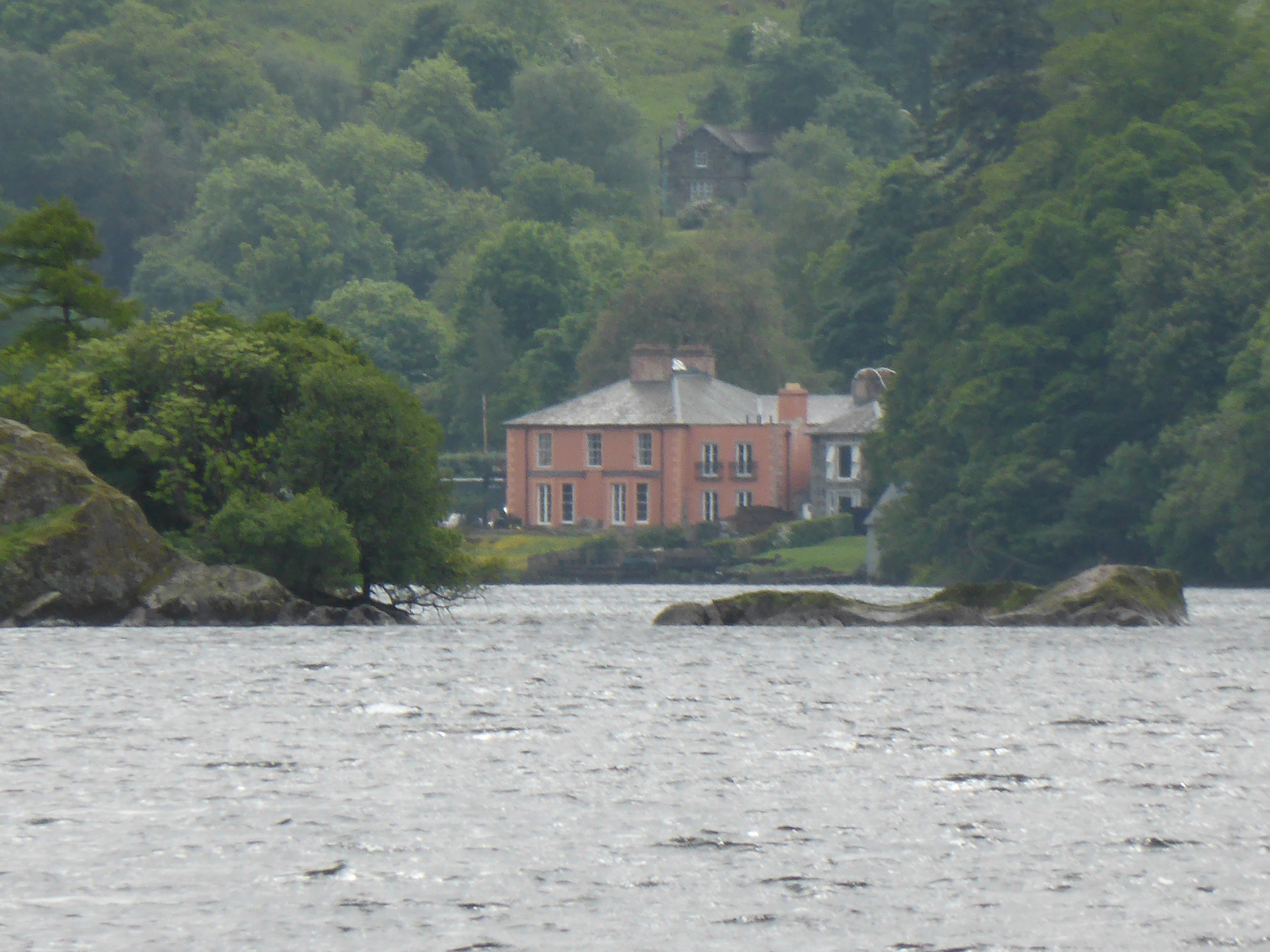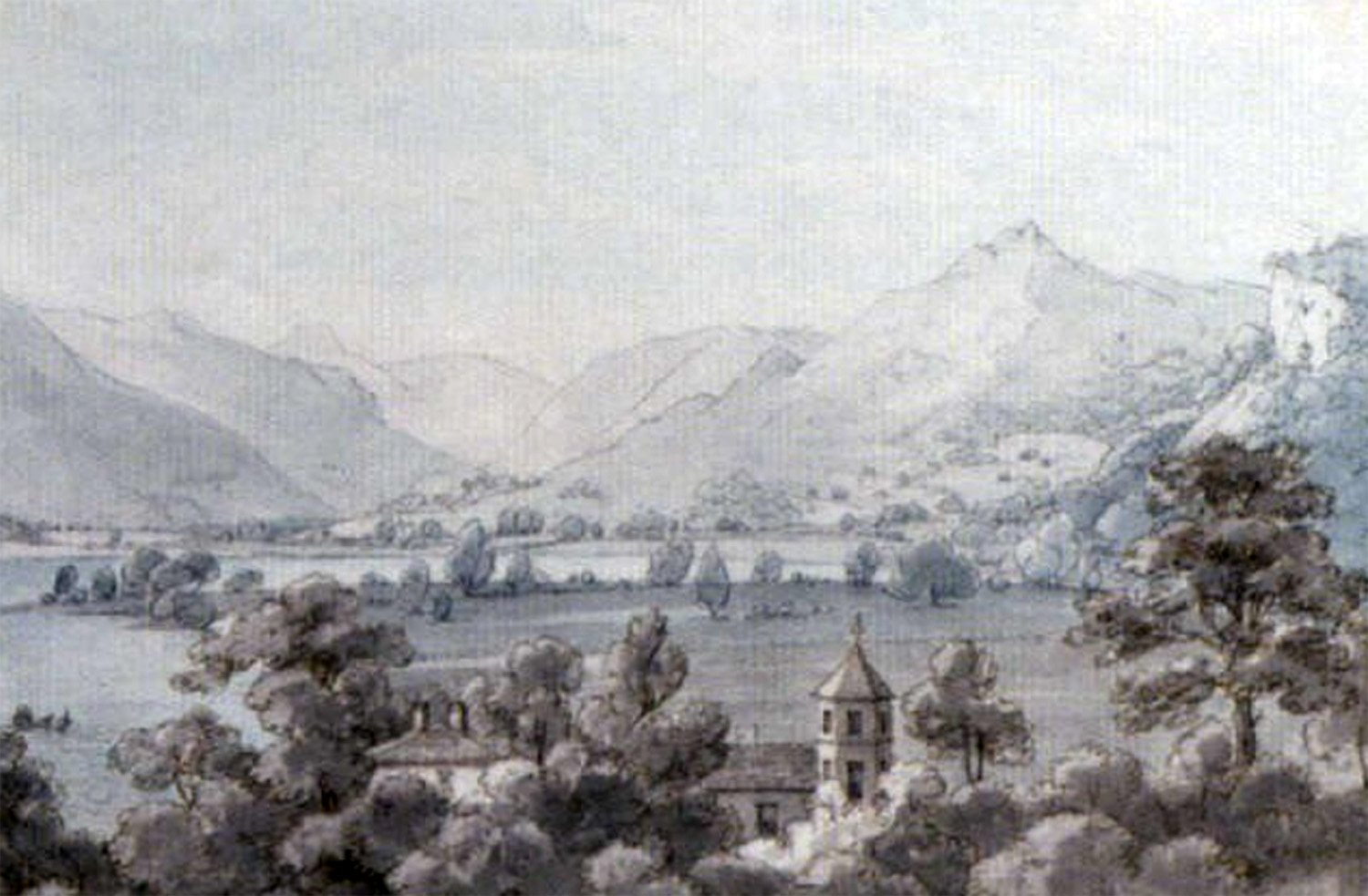Glenridding House (geograph 3510631) on:
[Wikipedia]
[Google]
[Amazon]
 Glenridding House is a
Glenridding House is a

 The Reverend Henry Askew (1766-1852) who was the Rector of Greystoke, built the house in about 1810. Records show that he bought the land from John Mounsey who owned the Manor of Glenridding, in 1807. His house was completed by 1814. This is known because in this year William Green, the famous English landscape painter published a series of prints each of which was described. The description for No 53 called “Ullswater Head” (which is shown) states “the house not long ago erected by Rev Henry Askew is on the right.”
Henry was born in 1766 in
The Reverend Henry Askew (1766-1852) who was the Rector of Greystoke, built the house in about 1810. Records show that he bought the land from John Mounsey who owned the Manor of Glenridding, in 1807. His house was completed by 1814. This is known because in this year William Green, the famous English landscape painter published a series of prints each of which was described. The description for No 53 called “Ullswater Head” (which is shown) states “the house not long ago erected by Rev Henry Askew is on the right.”
Henry was born in 1766 in
Online reference
/ref> Henry died in 1852 and his son Henry William Askew sold the property. The advertisement for the sale in 1854 contained the following description. After the sale of the house in 1854 the property became mostly accommodation for tourists and visitors. One of these was

 In June 1881
In June 1881
Glenridding House website
{{coord, 54.5469, -2.9493, display=title Grade II listed buildings in Cumbria Hotels in Cumbria Patterdale
 Glenridding House is a
Glenridding House is a Regency era
The Regency era of British history officially spanned the years 1811 to 1820, though the term is commonly applied to the longer period between and 1837. George III of the United Kingdom, King George III succumbed to mental illness in late 18 ...
building in Glenridding on Ullswater, constructed between 1807 and 1814. It was a private summer villa until about 1860 and then became a guest house. It has recently been fully restored and is now a country house bed and breakfast and wedding venue. The building is recorded in the National Heritage List for England as a designated Grade II listed building
In the United Kingdom, a listed building or listed structure is one that has been placed on one of the four statutory lists maintained by Historic England in England, Historic Environment Scotland in Scotland, in Wales, and the Northern Irel ...
.
Early history

 The Reverend Henry Askew (1766-1852) who was the Rector of Greystoke, built the house in about 1810. Records show that he bought the land from John Mounsey who owned the Manor of Glenridding, in 1807. His house was completed by 1814. This is known because in this year William Green, the famous English landscape painter published a series of prints each of which was described. The description for No 53 called “Ullswater Head” (which is shown) states “the house not long ago erected by Rev Henry Askew is on the right.”
Henry was born in 1766 in
The Reverend Henry Askew (1766-1852) who was the Rector of Greystoke, built the house in about 1810. Records show that he bought the land from John Mounsey who owned the Manor of Glenridding, in 1807. His house was completed by 1814. This is known because in this year William Green, the famous English landscape painter published a series of prints each of which was described. The description for No 53 called “Ullswater Head” (which is shown) states “the house not long ago erected by Rev Henry Askew is on the right.”
Henry was born in 1766 in Lancashire
Lancashire ( , ; abbreviated Lancs) is the name of a historic county, ceremonial county, and non-metropolitan county in North West England. The boundaries of these three areas differ significantly.
The non-metropolitan county of Lancashi ...
. His father Anthony Askew was a doctor and owned Storrs Hall In Lancashire. In 1799 Henry married Anne Sunderland who was the daughter of the well known artist Thomas Sunderland. In about 1820 Thomas drew a view of Ullswater in which he included Glenridding House. This drawing is shown. He also drew a picture of the house which he called “The Rev Askew’s House at Glenridding”. This artwork is held by the Fitzwilliam Museum.The Fitzwilliam MuseumOnline reference
/ref> Henry died in 1852 and his son Henry William Askew sold the property. The advertisement for the sale in 1854 contained the following description. After the sale of the house in 1854 the property became mostly accommodation for tourists and visitors. One of these was
Charles Darwin
Charles Robert Darwin ( ; 12 February 1809 – 19 April 1882) was an English naturalist, geologist, and biologist, widely known for his contributions to evolutionary biology. His proposition that all species of life have descended fr ...
who holidayed at Glenridding House in 1881.
Charles Darwin at Glenridding House

 In June 1881
In June 1881 Charles Darwin
Charles Robert Darwin ( ; 12 February 1809 – 19 April 1882) was an English naturalist, geologist, and biologist, widely known for his contributions to evolutionary biology. His proposition that all species of life have descended fr ...
stayed at Glenridding House with his family for a five-week holiday. His daughter Hanrietta wrote about their stay. She said:
Darwin himself wrote of the holiday, saying "This place is magnificently beautiful, and I enjoy the scenery".
See also
*Listed buildings in Patterdale
Patterdale is a civil parish in the Eden District, Cumbria, England. It contains 37 listed buildings that are recorded in the National Heritage List for England. Of these, one is listed at Grade I, the highest of the three grades, one is at ...
References
External links
Glenridding House website
{{coord, 54.5469, -2.9493, display=title Grade II listed buildings in Cumbria Hotels in Cumbria Patterdale